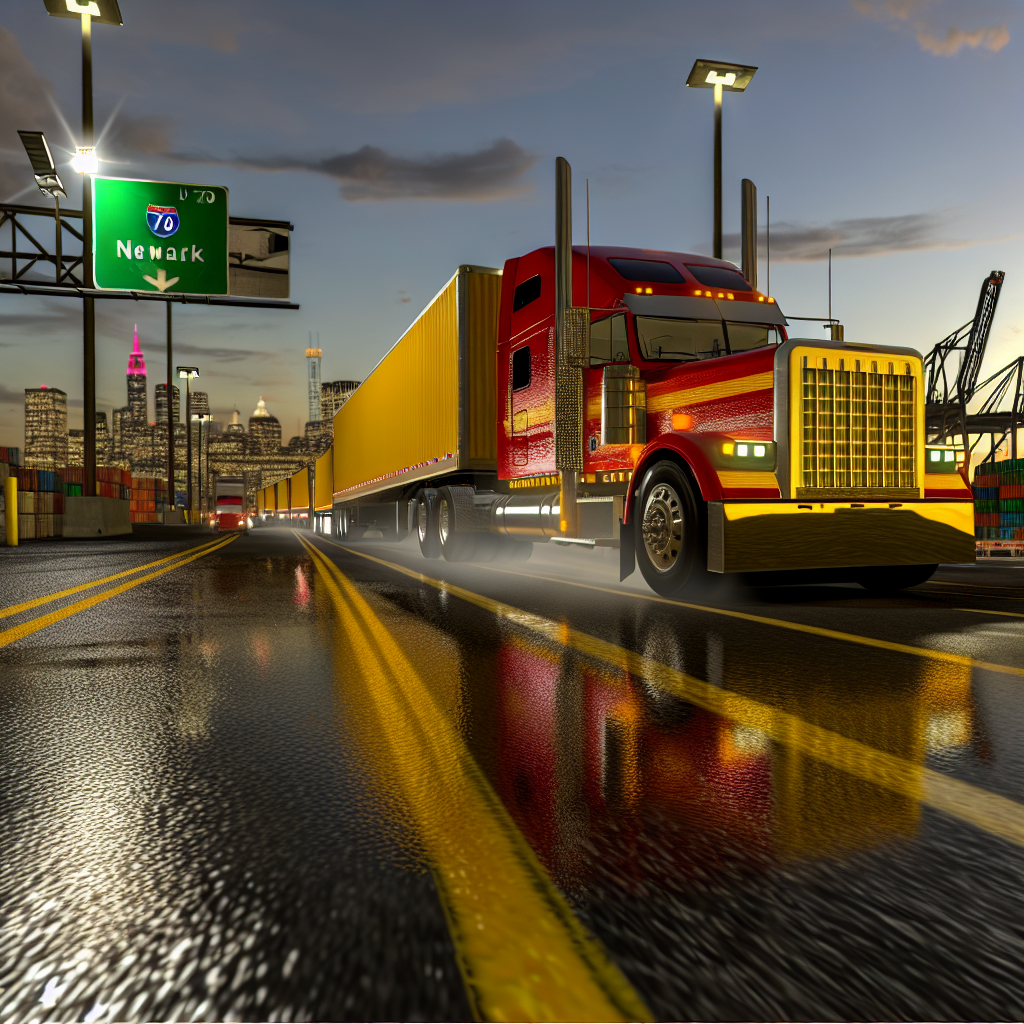DHL Express is reengineering how international parcels flow into New York City, committing $90 million to a rapid capacity upgrade that relocates its Manhattan service center operations to Jersey City and expands its Brooklyn footprint. The move doubles sort throughput, adds on-site charging and dispatch upgrades, and rebalances air gateways so Manhattan-bound freight can stage closer to the island while outer-borough volumes continue to ride through JFK. For carriers and contractors that live at the curb, this is a material redraw of routes, dwell times and where the day starts.
At the center of the plan is a new 92,505‑square‑foot facility at 16 Van Keuren Ave. in Jersey City, about five miles from Lower Manhattan. DHL says new material-handling equipment will lift the site’s conveyable throughput from roughly 3,000 to 6,000 pieces per hour, with a yard and layout designed for faster dispatch, better courier access and worker safety, plus on‑site charging for the fleet. The relocation is slated to be complete by the end of November 2025.
Brooklyn gets a parallel upgrade: DHL has shifted into a 70,202‑square‑foot building at 1970 Pitkin Ave., nearly tripling its old footprint and doubling automated sort capacity to about 3,000 pieces per hour. The company is also tuning the balance across facilities in Long Island City, Hauppauge, the Bronx and Brooklyn to spread volume more evenly and take pressure off peak nodes.
Airside, DHL is adding a direct Cincinnati/Northern Kentucky (CVG) connection to Newark Liberty (EWR) to feed the Jersey City service center, while keeping Brooklyn, Queens, the Bronx and Long Island tied to JFK. That should trim linehaul and handoff time into Manhattan — on paper. In practice, EWR’s volatility matters: on October 29, the FAA imposed a ground stop at Newark that was later eased to a ground delay averaging around 40 minutes, underscoring the operational risk budget carriers must keep when planning cycle times off EWR.
Why it matters for trucking and last‑mile ops: the Jersey City relocation pulls more first‑wave work into Hudson County yards before fanning couriers across the Hudson, reducing deadhead and cross‑town slog for Manhattan deliveries. The Brooklyn expansion should relieve door congestion and sort bottlenecks that force expensive reattempts. Expect new opportunities for local cartage and P&D contractors near Van Keuren Ave., and a modest shift in hot‑shot demand patterns between JFK and EWR as DHL tunes the split. Meanwhile, the city continues to reallocate street space: NYC DOT this week highlighted completion of nearly eight miles of camera‑enforced bus lanes on Hillside Avenue that also carve out loading space — a template increasingly used to protect transit while preserving curb access for shops and deliveries. That direction of travel is good news for carriers managing double‑parking exposure.
The timing also speaks to cost control. Diesel ticked higher in the latest federal read, with U.S. on‑highway diesel at $3.718 a gallon as of October 27 and the East Coast at $3.723 — a weekly rise that squeezes linehaul and shuttle moves. Automation and shorter drays into Jersey City should help DHL claw back cents‑per‑piece even as fuel nudges up.
Competitive backdrop: DHL is leaning into New York while UPS is pruning. In the last 48 hours UPS said it cut tens of thousands of jobs this year, closed daily operations at 93 buildings and is steering toward higher‑margin lanes — a shift that may cede some dense, lower‑yield urban work to rivals willing to invest in throughput and proximity. For drivers and dock crews in the metro area, the mix of who touches which stop — and at what rate — is changing fast.
Bottom line: DHL’s $90 million bet is less about real estate than cycle time. By moving the Manhattan sort to Jersey City, doubling automation on both sides of the East River and introducing a CVG‑EWR feed, the integrator is shortening the handoff between air, sort and street just as the city tightens how the curb is used. That combination — faster inbound, bigger sort buffers, more predictable curb — adds up to fewer failed first attempts and a steadier day for the folks behind the wheel. The caveat is Newark’s reliability; planners should keep EWR’s staffing‑related delays on their radar when building slack into next‑day commitments.
Sources: FreightWaves, AJOT, Bloomberg, Business Insider, U.S. Energy Information Administration, Transport Topics, Mass Transit
This article was prepared exclusively for TruckStopInsider.com. Republishing is permitted only with proper credit and a link back to the original source.





